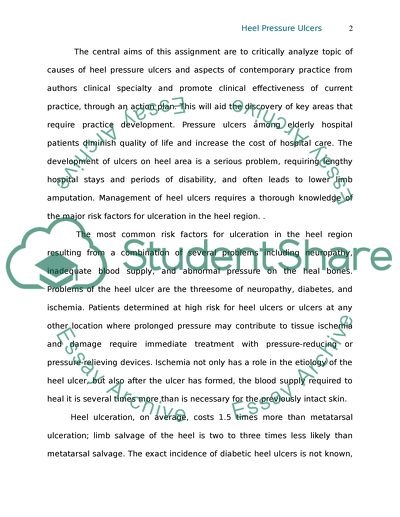Cite this document
(“Causes of heel pressure ulcers Essay Example | Topics and Well Written Essays - 2750 words”, n.d.)
Retrieved from https://studentshare.org/health-sciences-medicine/1509515-causes-of-heel-pressure-ulcers
Retrieved from https://studentshare.org/health-sciences-medicine/1509515-causes-of-heel-pressure-ulcers
(Causes of Heel Pressure Ulcers Essay Example | Topics and Well Written Essays - 2750 Words)
https://studentshare.org/health-sciences-medicine/1509515-causes-of-heel-pressure-ulcers.
https://studentshare.org/health-sciences-medicine/1509515-causes-of-heel-pressure-ulcers.
“Causes of Heel Pressure Ulcers Essay Example | Topics and Well Written Essays - 2750 Words”, n.d. https://studentshare.org/health-sciences-medicine/1509515-causes-of-heel-pressure-ulcers.


